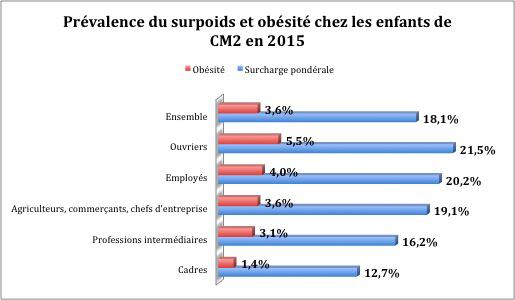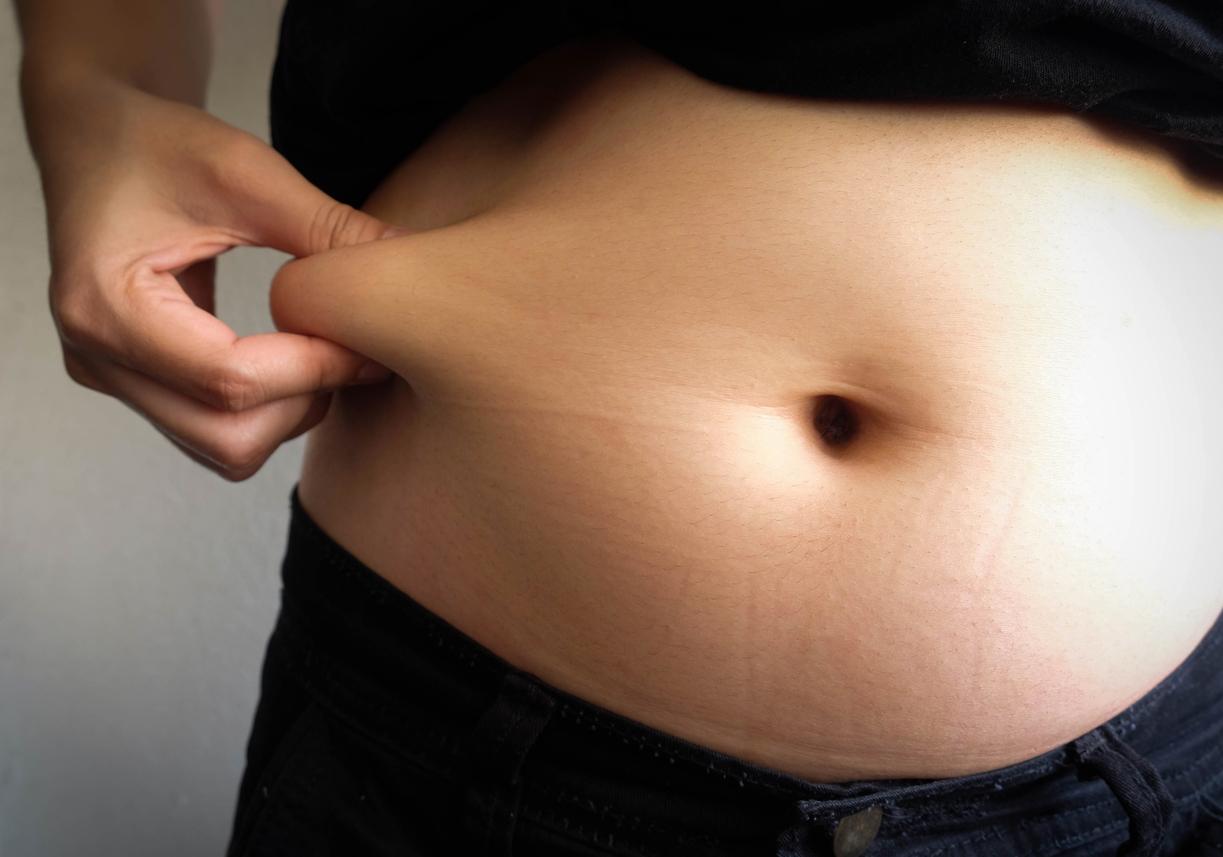Overweight and obesity are declining among CM2 schoolchildren. But the proportion of children affected varies greatly depending on the socio-economic level.

Overweight is declining in French children. In 2015, less than two in 10 CM2 students were overweight. Obesity is also slowing down, according to a study published by the Directorate for Research, Studies, Evaluation and Statistics (Drees). 3.6% of schoolchildren have a BMI over 30 kg / m2. But this overall stabilization should not mask the socio-economic inequalities that are very present in the country.
In fact, the children of workers are clearly disadvantaged compared to those whose parents are executives: they are 5.5% to suffer from obesity against 1.4% for children from better-off households. In priority education areas, obesity is twice as prevalent than in the rest of the country. There is a real gap between households according to their income.

Source : Drees
Unfavorable behavior
These disparities can no doubt be explained by children’s behavior in terms of physical activity and eating. Here too, the difference is major depending on the parents’ profession. As proof: 73% of schoolchildren say they practice a sport activity outside of school hours. The proportion climbs to 88% for those whose parents are executives. One subject gathers however, a third of the children questioned has a television, a telephone or a computer in his room whatever his social origin.
On the food side, the results are generally similar. Children drink relatively few sugary drinks: 2 in 10 say they do so every day. The differences are less marked between the socio-professional categories. The same goes for breakfast, too often missed. One in five children do not eat this essential meal every day. An “oversight” that can be compensated for by a snack that is often too sweet.
Consumption of vegetables delivers more worrying results. Whatever the social origin of CM2 students, only 36% eat it once a day. The executive children do not do much better, with 42% positive responses.

Healthier Teeth for Young People
If eating habits leave something to be desired, dental care is progressing. The number of CM2 students who have decayed quenotte is declining. 68% of them now have healthy teeth. For those who have cavities, only a third is not treated. These good results, the DREES attributes them to the MT’Dents device, offered by the Health Insurance. Up to 25 years of age, one consultation per year is fully covered by the Social Security – without advance payment.
“These regular prevention meetings are indeed an opportunity to provide advice on oral hygiene, but also to educate parents about the value of treating temporary teeth (known as“ milk teeth ”) , the state of these having consequences on the final dentition ”, greets the Drees. But prevention is still struggling to progress. Only 76% of children brush their teeth several times a day, as dentists recommend.
.















